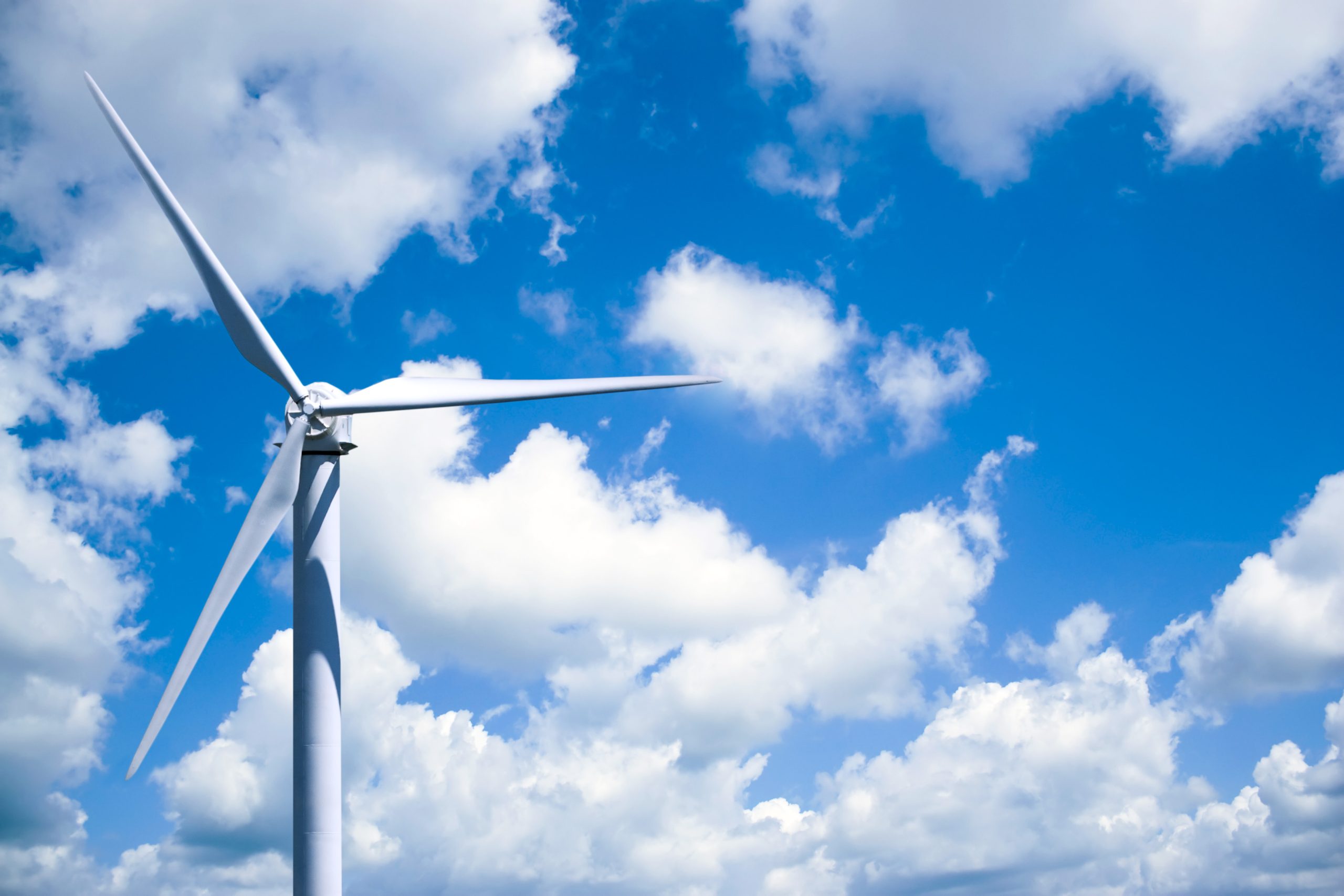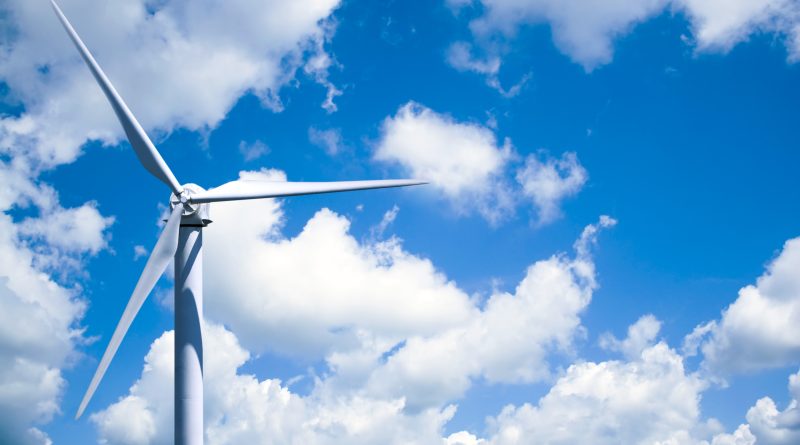The Truth About Solar Power: Is It Really Green
Solar power is often seen as the ultimate solution to our energy needs. With the increasing demand for renewable sources of energy, solar power has become a popular choice among homeowners and businesses alike. However, there are some questions that need answering when it comes to this form of energy production. In this blog post, we will explore the truth about solar power and its environmental impact, the cost of solar power, choosing the best solar power generator for your needs, and installing your own solar panels.
Introduction to Solar Power and Its Environmental Impact
Solar power involves harnessing the sun’s energy through photovoltaic cells or thermal systems. These systems convert the sunlight into electricity that can be used to power homes and businesses. The great thing about solar power is that it produces no greenhouse gas emissions, making it an environmentally friendly option. However, there are some concerns about the manufacturing process of solar panels. The production of solar panels requires the use of certain chemicals and materials, which can have negative environmental impacts if not disposed of properly. Additionally, the transportation of solar panels from their place of origin to installation sites can also contribute to carbon emissions.
The Cost of Solar Power: Is It Worth the Investment?
One of the biggest drawbacks of solar power is the initial investment required. While the costs associated with solar panel installation have decreased over time, it still remains a significant expense for many people. However, once installed, solar panels can save you money in the long run by reducing your reliance on traditional forms of energy. Depending on where you live, you may even be able to sell excess energy back to the grid, providing an additional source of income. Additionally, solar panels can increase the value of your property, making them a wise financial investment.
Choosing the Best Solar Power Generator for Your Needs
There are several types of solar power generators available on the market today. Some of the most common include monocrystalline, polycrystalline, thin-film, and bifacial solar panels. Each type of panel has its unique set of advantages and disadvantages. Monocrystalline panels are highly efficient but more expensive than other options. Polycrystalline panels are slightly less efficient but more affordable. Thin-film panels are lightweight and flexible, making them ideal for unusual roof shapes or portable applications. Bifacial panels generate electricity from both sides, increasing efficiency. Choosing the right solar power generator depends on your specific needs and budget.

Installing Your Own Solar Panels: A DIY Guide
While installing your own solar panels may seem daunting at first, it is possible to do so with proper planning and research. Before beginning any installation project, make sure to consult with local authorities to ensure compliance with building codes and permits. Once you have obtained all necessary approvals, you can begin the installation process. Start by determining the location of your solar panels and assessing the amount of sunlight they will receive throughout the day. Next, choose the appropriate size and type of solar panel based on your energy needs. Finally, connect the wiring and mount the panels securely onto your rooftop or other designated area.
